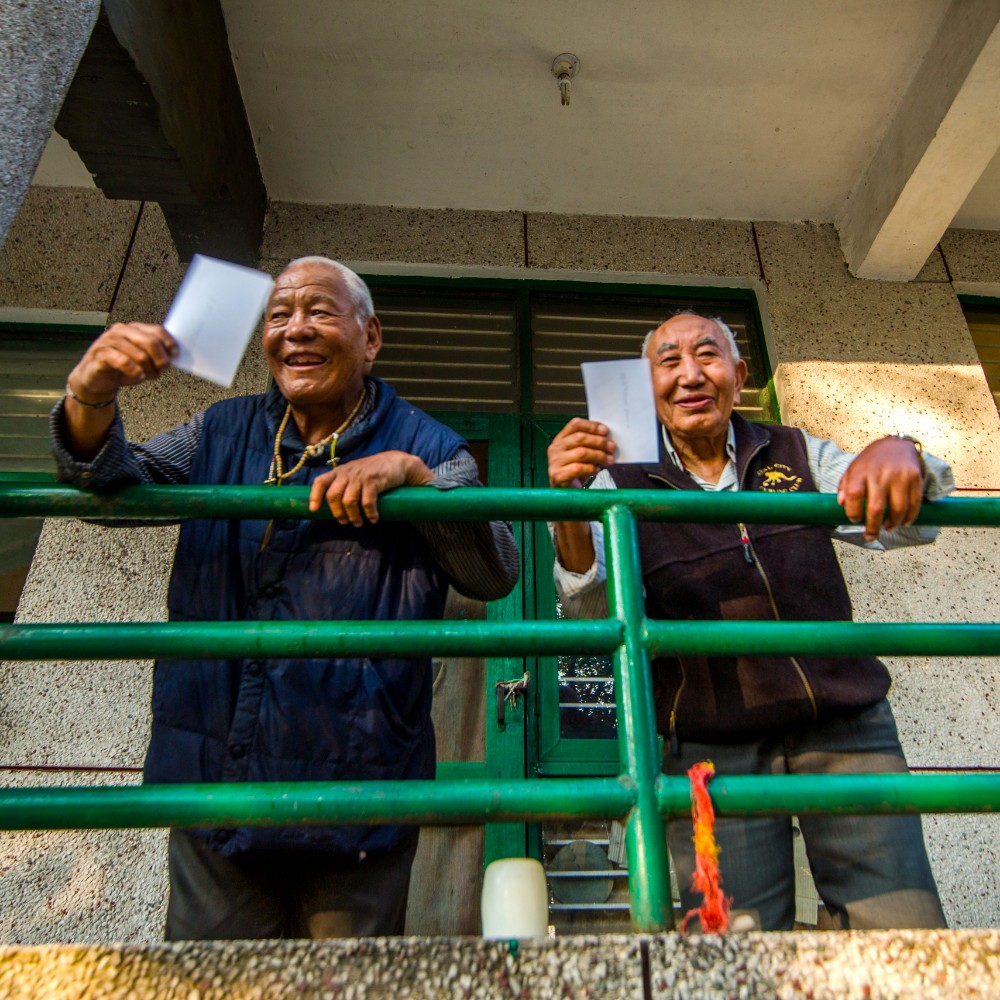#Time4Tibet #TalkTibet
10 March 2019 marks the 60th anniversary of the Tibetan National Uprising. On 17 March 1959, the Dalai Lama started his journey over the Himalaya to escape occupied Tibet; he was followed by the first major wave of refugees. Since then Tibetans in Tibet have lived under China’s occupation or have fled to India and Nepal and now live in exile.
The Dalai Lama arrived in India on 31 March, on 31 July, Tibet Relief Fund was established to bring practical relief to Tibetan refugees. For the last 60 years we have worked with Tibetans around the world to meet their vital needs while empowering individuals and communities to become self-sufficient.
Mission
Tibet Relief Fund works to empower Tibetans to build sustainable communities and better futures through education and innovative practical grassroots initiatives.
Vision
A world where Tibetans can live and work with equality and security and celebrate their rich culture and traditions.
Occupation
China has occupied Tibet since 1950 and exercised increasing control over the population through imposing China’s laws and encouraging Han Chinese to live in Tibet through incentives.
This has led to constraints on all levels of life in Tibet for Tibetans and has led to thousands of Tibetans choosing to escape Tibet to make a life in exile.
Following the Tibetan National Uprising on 10 March 1959, over 100,000 Tibetans followed the Dalai Lama into exile.
In the 1960s, Tibet Relief Fund was the first overseas agency to provide relief and help for newly arrived Tibetans in India. We have continued our work ever since, with the focus now being on building sustainable futures.
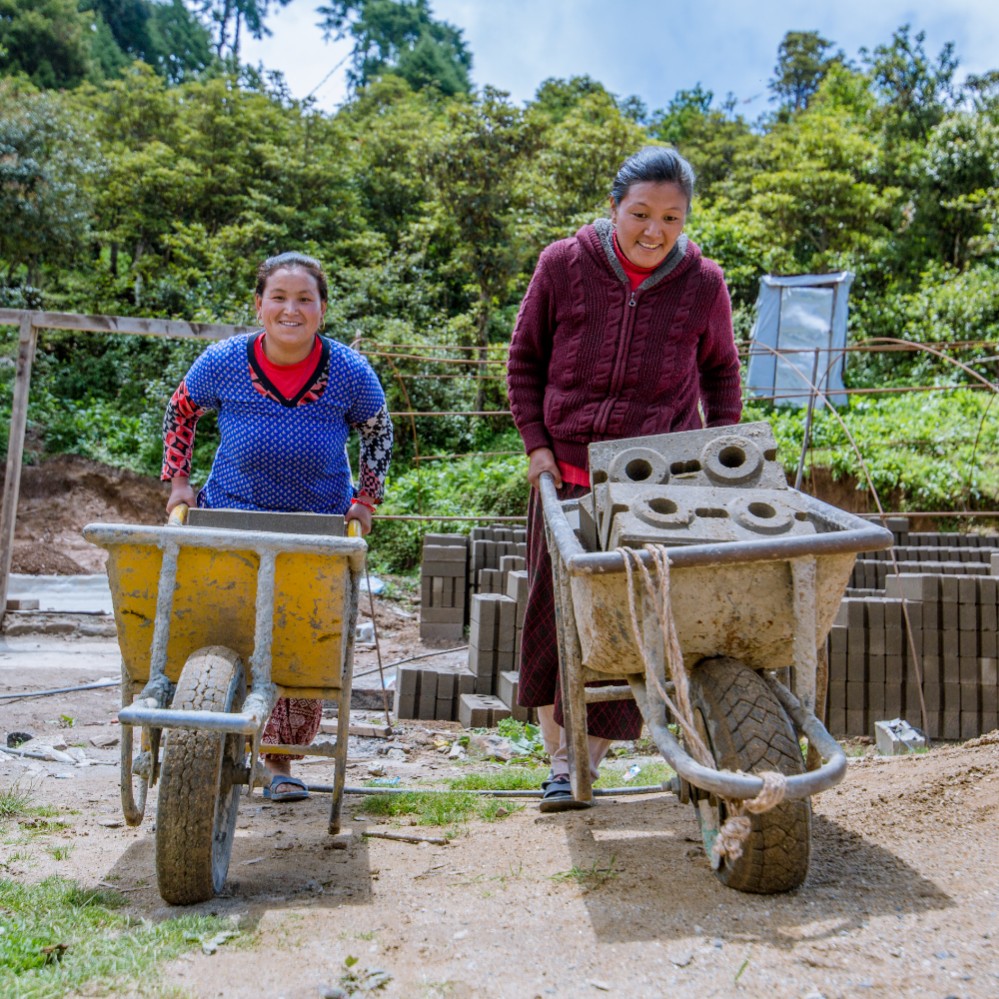
Freedom of expression
The lack of freedom of expression permeates all communities in Tibet. What would be considered an innocuous remark if said in the UK could lead to arrest, detention or prison in Tibet.
As a Tibetan in Tibet, if you raise concerns about topics such as mining, environmental changes or Tibetan language education or are found to have talked about local issues to someone abroad you can find yourself accused of being a ‘splittist’ and anti-China or guilty of espionage and face a trial behind closed doors and imprisonment.
Through our Empowering the Vision project, we work with Tibetans to build their confidence, develop communication skills and amplify Tibetan voices.
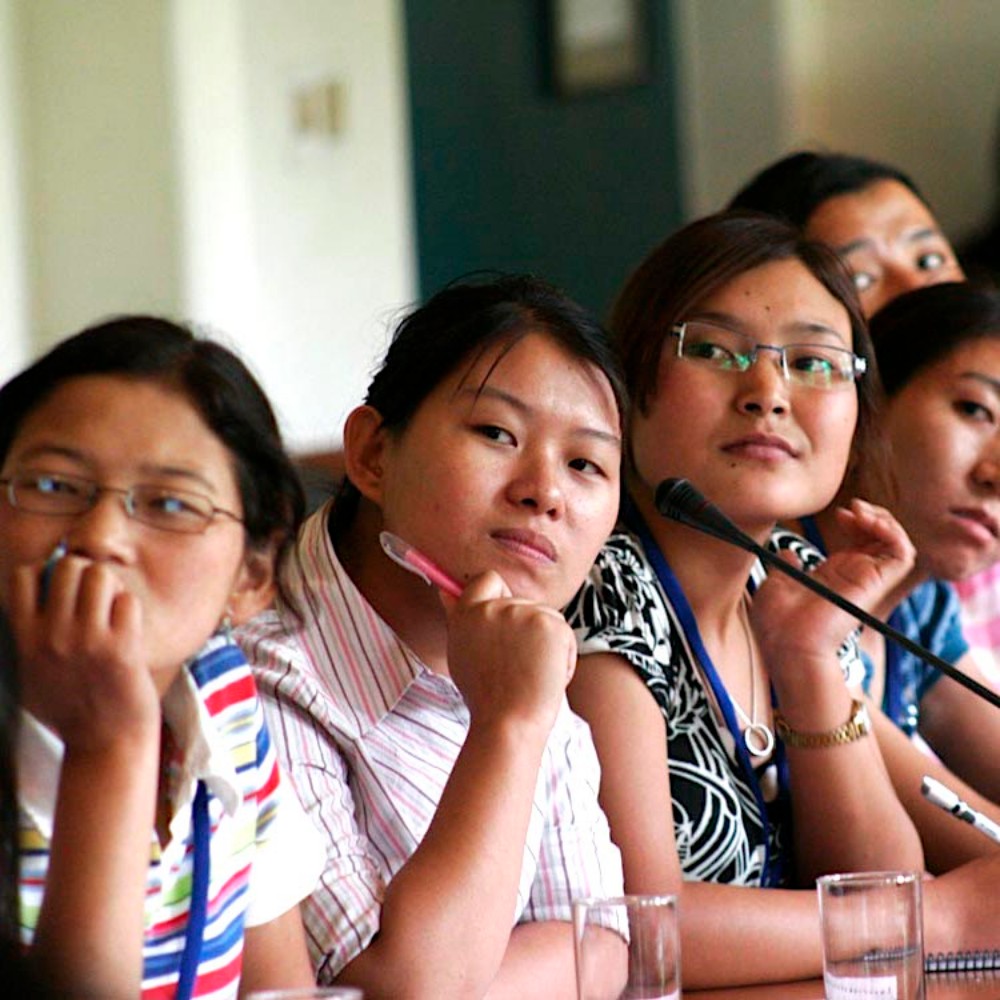
Arbitrary arrest
There is a lack of personal security and safety throughout Tibet. Many live their lives not only in fear of arrest, but in fear of disappearing altogether.
It’s why in the past, we have worked to provide support and amenities, such as the kitchen at the Tibetan Transit School, to newly arrived Tibetans in India. And it is why we will continue to provide training and support.
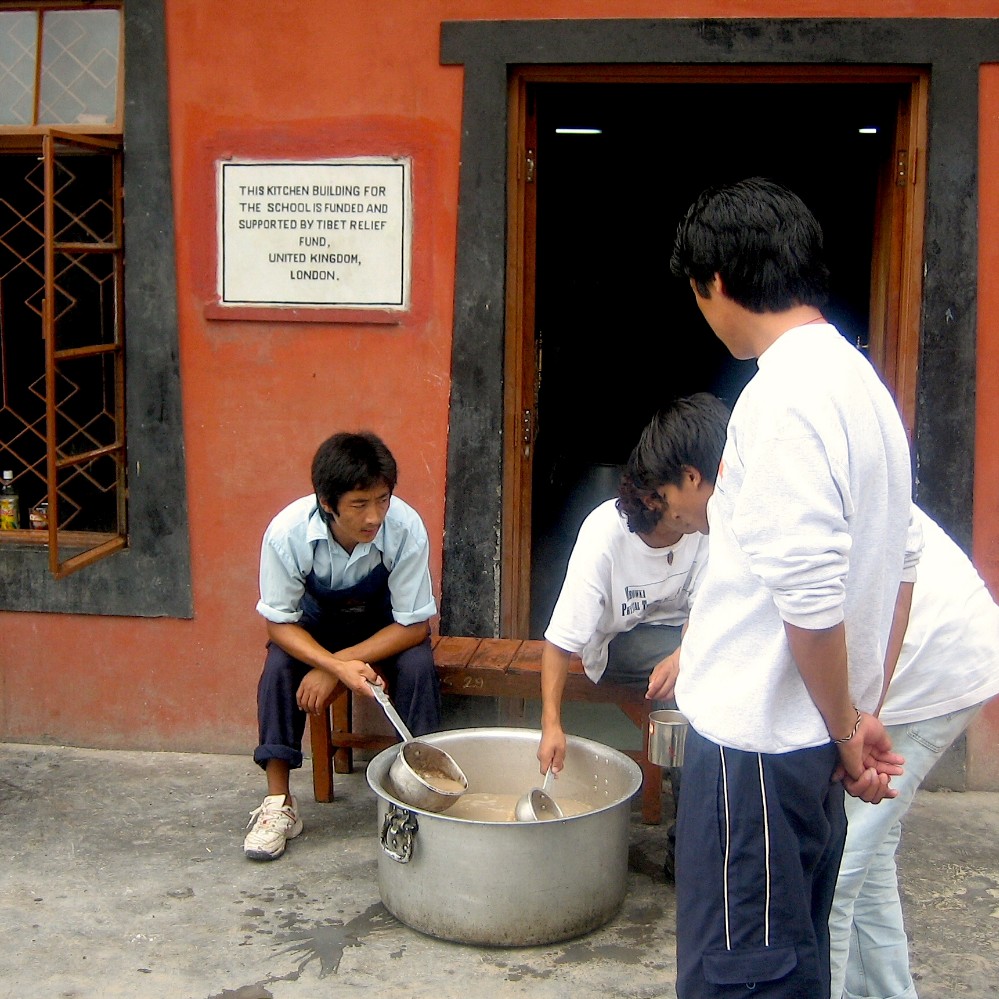
Thought, conscience and religion
Tibetans inside Tibet cannot openly follow the Dalai Lama or other Tibetan Buddhist teachers. They cannot display a photograph of the Dalai Lama without risking arrest.
In 2007, China’s Religious Affairs department set a new regulatory measure for the management for the reincarnation of ‘living Buddhas’, including the Dalai Lama.
By going into exile, Tibetans can freely follow their religion and beliefs and ensure these are handed down to future generations.
Through our sponsorship programme, Tibet Relief Fund helps Tibetan monks and nuns be able to study and practice Tibetan Buddhism, and Tibetan children be educated in the traditional beliefs and customs of Tibet.

Movement
Inside Tibet, the movement of Tibetan people is severely restricted. Since 2012 there has been a grid system of social management and the establishment of over 600 police posts.
This gives China close control over the Tibetan population and able to closely monitor potential ‘troublemakers’.
Life in exile is very different. Tibetans who escaped Tibet now live all over the world, including the UK. Tibet Relief Fund continues to support local communities within India, Nepal and the UK, helping to build better lives without such restrictions.
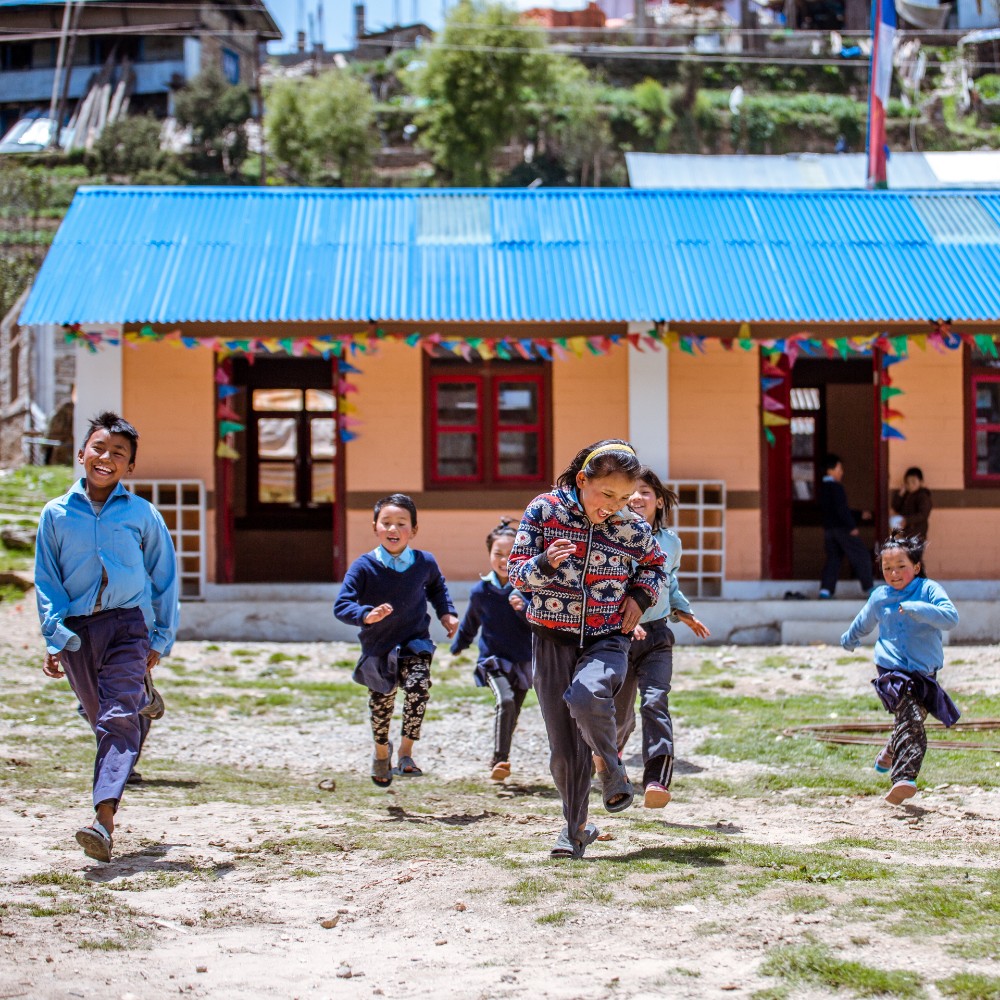
Language
In Tibetan secondary schools, only Mandarin is used for teaching. This is contrary to its own policies within the Chinese Constitution and regional autonomy law.
Tibetans are increasingly concerned about the impact this is having on their own language and culture.
Over the years, and in the face of treacherous journeys either over the Himalaya or through smuggling, thousands of children have been sent by their parents to India for education, where they are taught in Tibetan and learn about their culture and traditions.
Through our sponsorship programme, thousands of children have been and continue to be supported through their education. Many are now successfully building and developing careers and helping their communities.
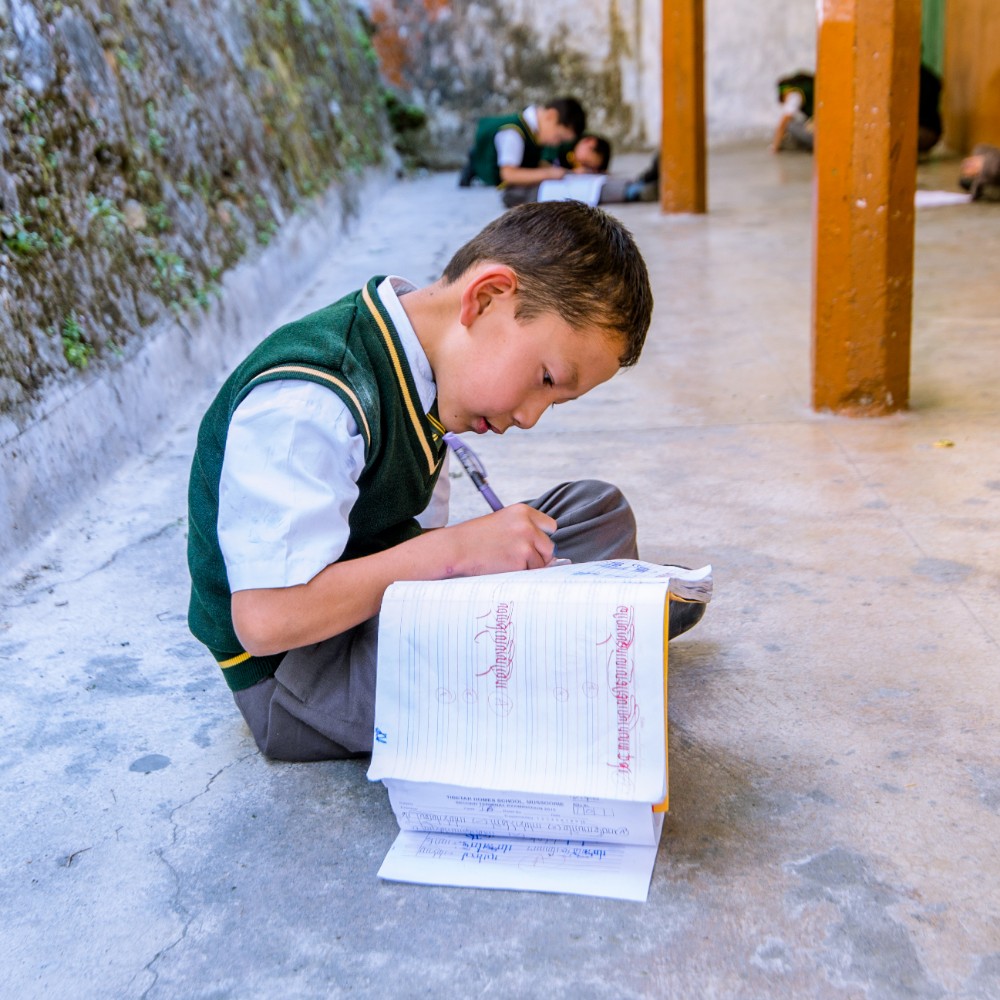
Culture
Even after 60 years, the spirit of Tibet remains strong. There is a strong groundswell of Tibetan writing, poetry, art and music. Creativity thrives despite the constraints imposed by China.
The Lhakar (White Wednesday) movement inside Tibet promotes Tibetan language, dress and local food.
Tibet Relief Fund amplifies voices from Tibet and celebrates their unbowed spirit through events, online platforms and distributing modern Tibetan writings to Tibetan children at schools in India, Nepal and the UK and other cultural projects.

Economic marginalisation
Tibetans are marginalised within Tibet as Tibetans have to compete with the influx of Han Chinese for jobs.
New enterprises within Tibet are either state-run or private Chinese companies – both will recruit from the pool of Chinese migrants who are better educated.
Within the new hotels being built to cater for Chinese tourists, front of house jobs go to Chinese applicants, with Tibetans being employed in low paid menial work.
Tibet Relief Fund has worked with partner agencies in Tibetan areas to help train Tibetans and support business start-ups. In India, Tibet Relief fund works to give young Tibetans opportunities through its Empowering the Vision project.

Water and healthcare
In many areas of Tibet, there is no easy access to clean water. Women and children sometimes have to walk miles to get any water at all. Often, the water they do collect is contaminated as it is used by animals.
Contaminated water, combined with a lack of education on hygiene means that many run the risk of serious illness.
Working with partner agencies, Tibet Relief Fund has helped lay down water pipes and water pumps to deliver water to remote villages, and has provided solar kettles for hot water, hot water storage in homes and education on the importance of hygiene.
In exile, Tibetan settlements in India and Nepal have had to develop healthcare facilities. Over the years, we have provided training for health care, healthcare centres, ambulances and grants for the vulnerable to be able to buy medicines.
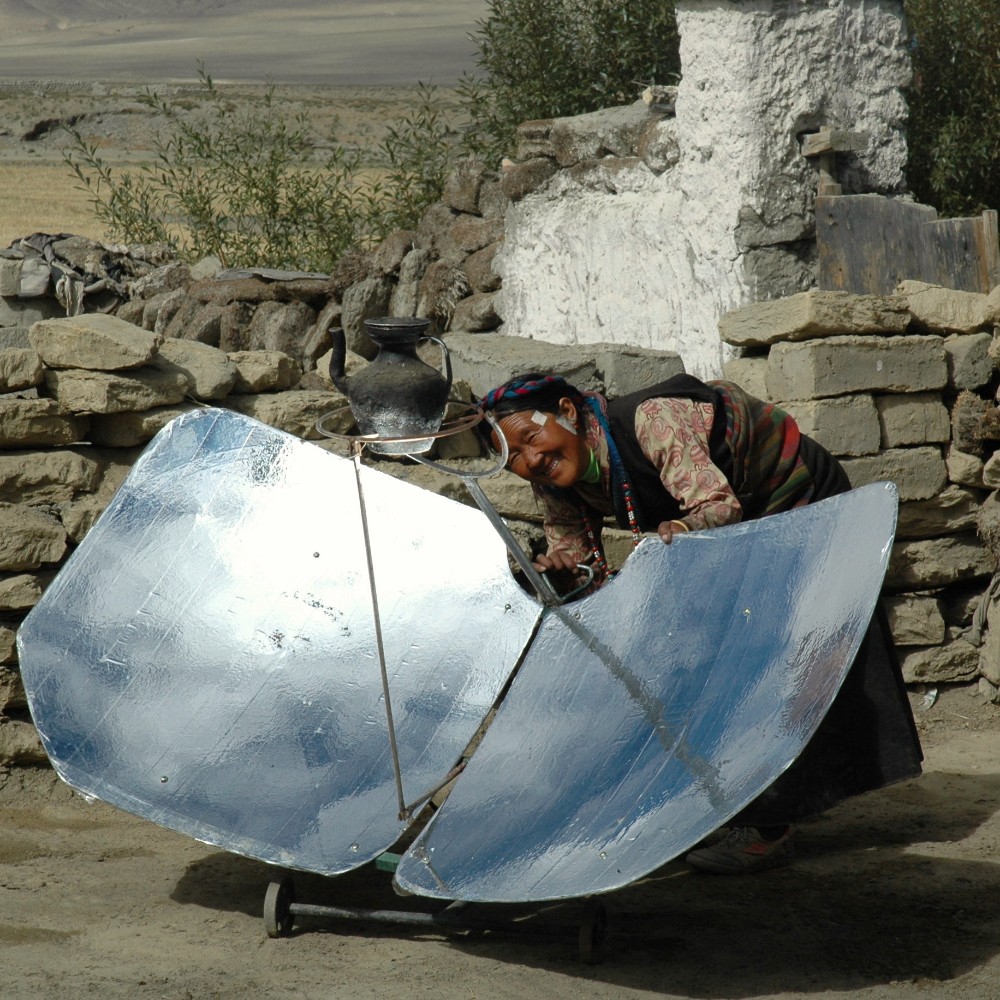
Freedom fighters
Following the Tibetan National Uprising on 10 March 1959, thousands of Tibetans followed the Dalai Lama into exile.
Around 2,000 formed a guerrilla movement of freedom fighters. Based in Mustang, Nepal, they engaged in various activities for the restoration of Tibet’s freedom. They were active from 1960 to 1974 until, respecting advice from the Dalai Lama, they disbanded. Now in the evening of life, most still live in Nepal with very little means or family.
Likewise, the first generation of Tibetan exiles are now elderly. Having had to take on tough and backbreaking work, such as building roads in the hash terrain of the Himalaya, many now are living with little means of support or family. They will never see their homeland again.
We help this generation of Tibetans by providing regular payments, emergency medical care and sponsorship. We also work with an old people’s home to provide comfort and care.
